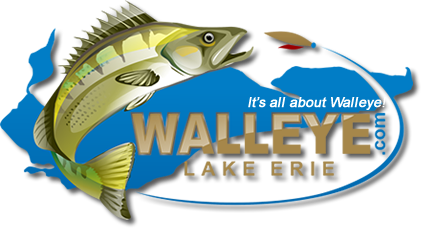 Thanks: 0
Thanks: 0
 Likes: 0
Likes: 0
Results 11 to 11 of 11
Thread: amount of line
-
05-25-2021, 01:46 PM #11
 Re: amount of line
Re: amount of line
The outside board goes toward the bow and the inside board to the stern.This helps prevent tangles because that outside line is less likely to be hanging over the inside board and the rod tips will not be hitting each other.The tangles occur when you turn too fast and the boards stall and the line falls down into water.If that outside line falls down in front of an inside board,the line will snag the flag.You probably will not even notice that happened when get back to speed.But when you reel either of those boards in,they probably will tangle.
I've seen those illustrations before and they are accurate.The picture of the depth of lures is deceiving because it has the shallowest lure on outside with the longest lead.Some of the trollers do run lures that naturally run shallow on those outside boards even with them having a longer lead.Then they use a different lure which run deeper on the inside with a shorter lead.That is one way to run the longest lead outside and still be running the shallowest.
In that illustration visualize that outside lure moving over that inside line.That inside line does not run straight to lure,but line is curved with line closer to boat is shallower and as nears lure curves deeper.Those two lines could touch each other when you bring that outside board in, but that lure is behind the inside board and the hooks can't catch that line because lure is behind inside lure. Or catch that inside lure because that line is curving deeper as it nears the lure.But,if you put a shorter lead outside,now that lure moves over inside line and now that lure can snag that inside line.Can sound confusing but it works best this way.
-
Similar Threads
-
Line counter line for planner boards
By JustGoN in forum Western Lake Erie Fishing REPORTSReplies: 2Last Post: 03-24-2021, 02:33 PM -
Line counter fishing line.
By ttinman23 in forum Western Lake Erie Fishing REPORTSReplies: 6Last Post: 07-23-2020, 06:31 PM -
36 done by 2, the line
By JBD's Regina Marie in forum Western Lake Erie Fishing REPORTSReplies: 2Last Post: 06-08-2017, 08:57 PM -
Across the line
By Ltsimp in forum Western Lake Erie Fishing REPORTSReplies: 2Last Post: 07-07-2016, 05:44 AM -
Line
By jallen in forum Western Lake Erie Fishing REPORTSReplies: 16Last Post: 01-30-2012, 09:31 AM








 Reply With Quote
Reply With Quote


Our weekend trip to fish and get...
Weekend Warrior report